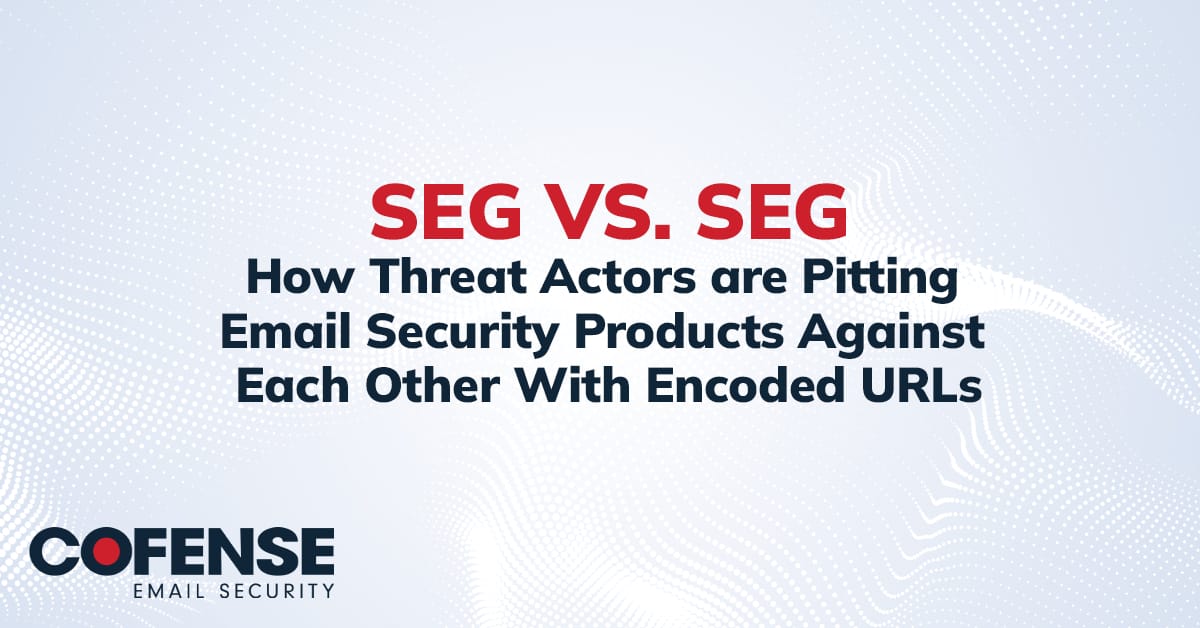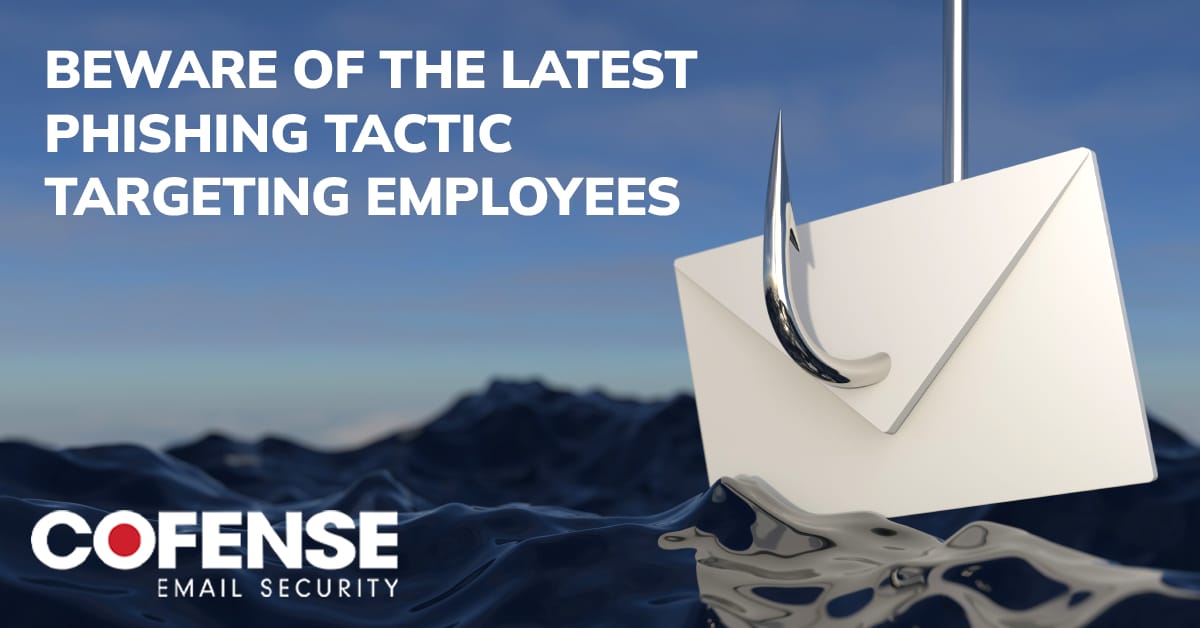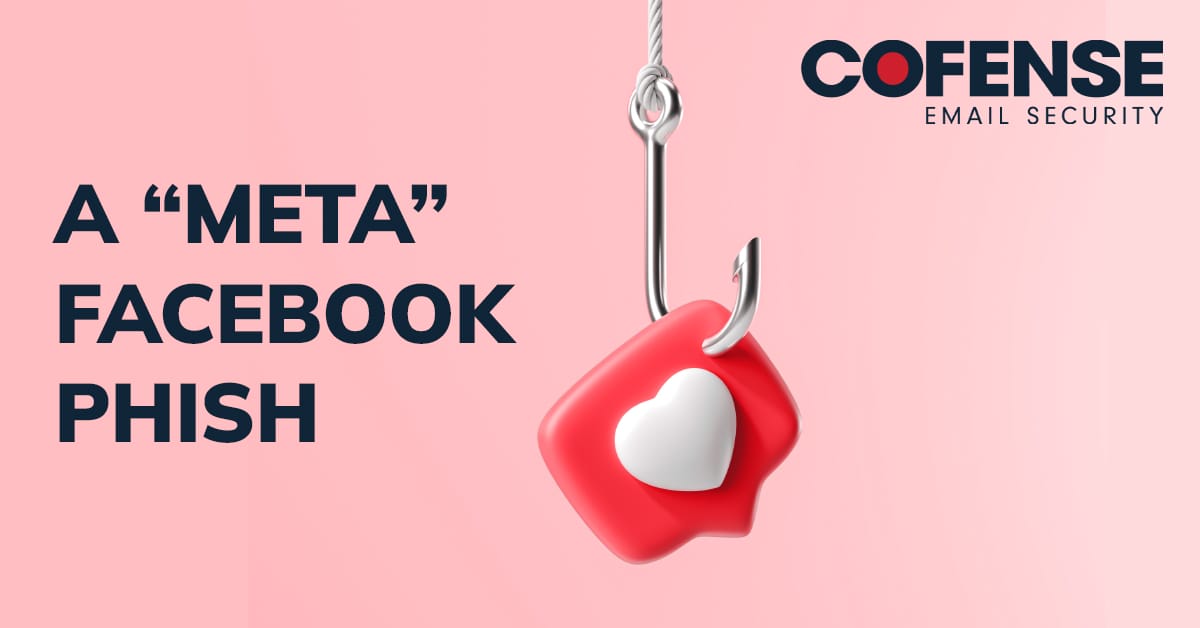Last in a 5-part series.
In this blog series we’ve explored the Uncomfortable Truths about phishing defense that relate to the problem of over-relying on technology to keep us safe. We’ve also seen how empowered users can give Security Operations teams desperately needed visibility into phishing threats. This leads us to our fifth and final Uncomfortable Truth:
Most organizations are unable to effectively respond to phishing attacks.
Before you get offended and say “Hey, that doesn’t apply to me, our SOC is awesome,” stick with me on this. The reasons for ineffective phishing incident response are many and varied, but in my experience, tend to fall into one of two buckets:
- Not enough time
- Not enough experience/understanding
Not enough time
This is already well understood. SOC teams are perpetually spinning multiple plates, trying to make sense of the stream of data they are presented with from an abundance of tools. This problem can be compounded when users are empowered and enabled to report suspicious emails. The CofenseTM Phishing Defense Center (PDC) sees differing reporting volumes across the customers who use us for phishing email analysis. While reported mail volumes differ, they tend to fall within common low and high watermarks – equivalent to around 10% and 35% of users reporting at least one email per month.
For every 1,000 users, that’s the SOC having to consume and analyze between 100 and 350 reported emails per month. The PDC also observes that 1 in 7 of the emails reported to us contain malicious content. Therefore, 6 out of 7 are false positives, or noise. The largely unstructured nature of these reported emails and the sheer volume of noise can make analysis a thankless task that gets de-focused in favour of other more immediate priorities.
Not enough experience/understanding
Effective phishing email analysis is much harder than many people imagine. One of the biggest issues that organizations face is the risk of false-negative results, post-analysis. These false negatives occur when a reported phishing email is considered to be benign, and is returned to the reporting user with a message that says, “Thanks for reporting, this email was found to be safe.” The subsequent click delivers a missed payload and compromise occurs.
To remain razor sharp in your analysis skills, you have to maintain an understanding of the constantly evolving threat landscape and threat actor TTPs. All too often, I see organizations relying on an already overburdened service desk to perform initial, or complete, analysis of reported phishing emails. Without adequate skills, they rely on tools such as VirusTotal to tell them whether something is bad or not. However, as useful as these tools are for information and context, they should never be considered a source of absolute truth.
Effective phishing analysis and response
Simply sending a file or URL to a sandbox or checking online threat analysis tools and databases is not good enough. SOC teams and threat analysts must be able to consume reports of suspicious emails from users and turn them into actionable intelligence quickly.
This means they must be able to prioritize what is being reported to cut through the noise of false-positives, such as legitimate marketing or internal emails, and automatically be able to understand risk based on: the attributes of the email content and any attachments; the status of the user reporting the email (are they high-risk employees with access to sensitive information or processes); the reputation of the user (have they demonstrated an ability to identify and report suspicious emails in the past – essential to help prioritize zero-day threats); and use information from third-party threat analysis tools to help build a fuller picture.
Once a threat is analyzed and understood, SOC teams need to be able to quickly hunt for the threat within all user mailboxes and quarantine it when found. In addition, they must be able to communicate IOCs to other teams, such as those responsible for proxies, mail gateways, and endpoint security tools, to take further defensive or mitigating actions. Finally, they must close the loop by providing timely feedback to users to encourage further reporting behavior, thus supporting awareness activities.
The Cofense Phishing Defense Center can help.
For organizations who still struggle to devote the time to phishing email analysis, but who recognize the need to regain visibility of threats that bypass perimeter controls, the Cofense Phishing Defense Center can help. Operating 24×7, the PDC is staffed by experienced phishing threat analysts to handle all elements of analysis of reported emails.
Supported by Cofense Research and Intelligence teams, the PDC is able to utilize as needed an array of proprietary, open source, and commercial threat analysis tools. Benefitting from a global perspective of threats across all PDC customers, our analysts are able to maintain the most up to date understanding of evolving phishing threat actor tactics, along with techniques for capturing all IOCs, even when automated approaches fail.
Once threats have been identified, actionable intelligence is passed to customer teams. By utilizing the PDC, organizations can focus their resource-constrained SOC teams on mitigation and proactive protection, versus phishing email analysis. Learn more about the Cofense Phishing Defense Center here.
All third-party trademarks referenced by Cofense whether in logo form, name form or product form, or otherwise, remain the property of their respective holders, and use of these trademarks in no way indicates any relationship between Cofense and the holders of the trademarks.


